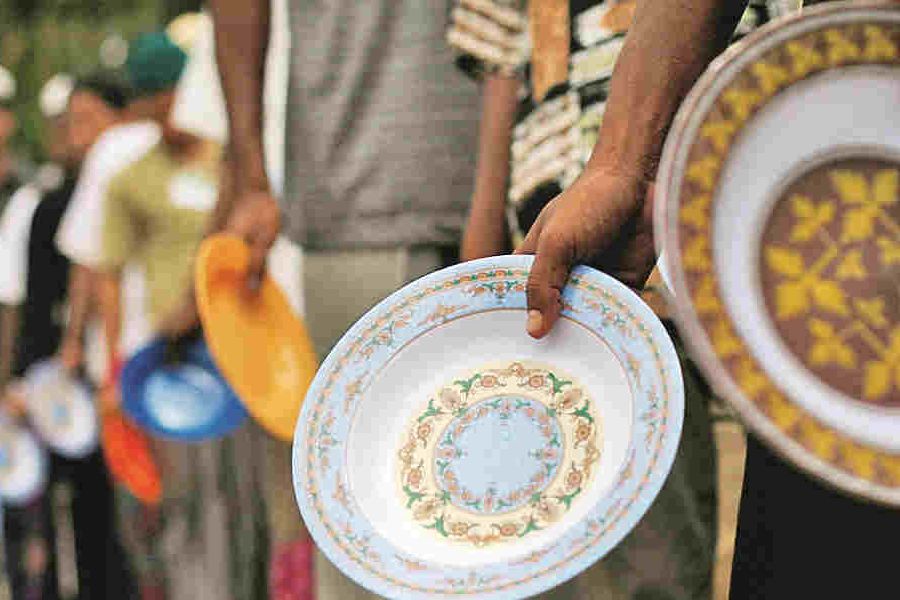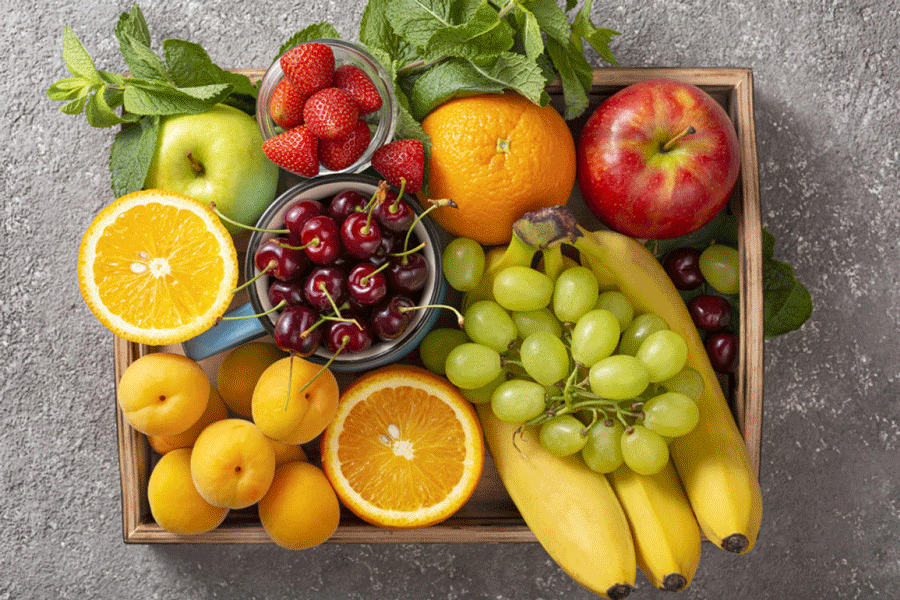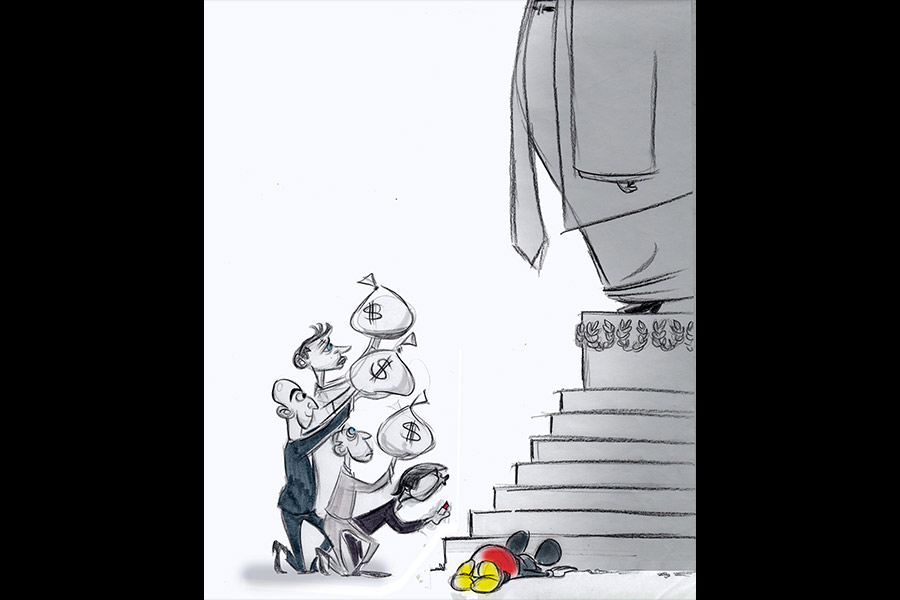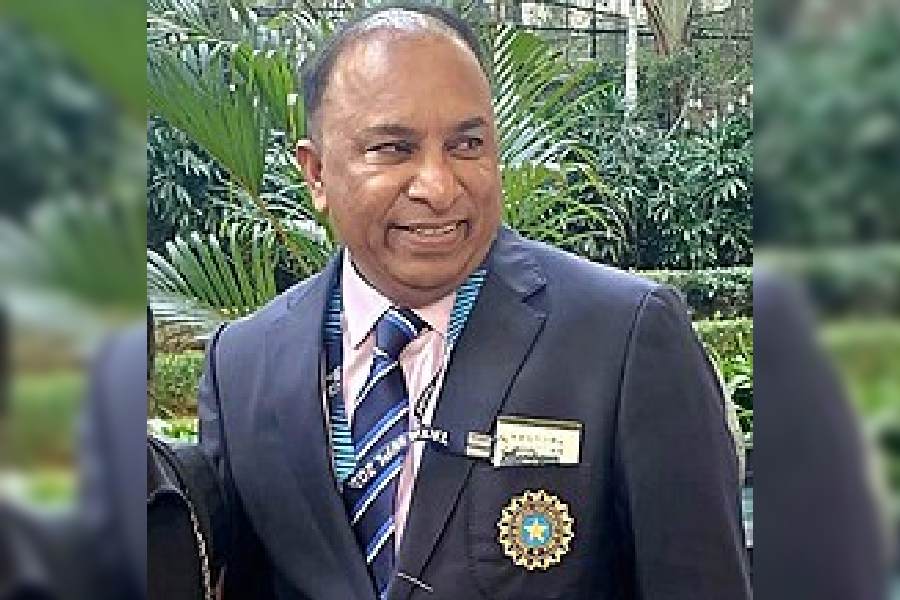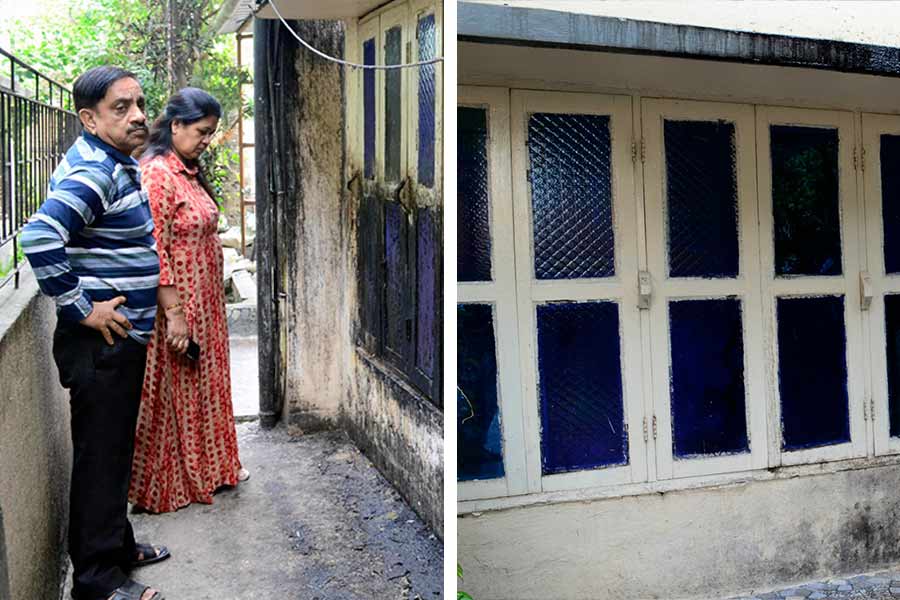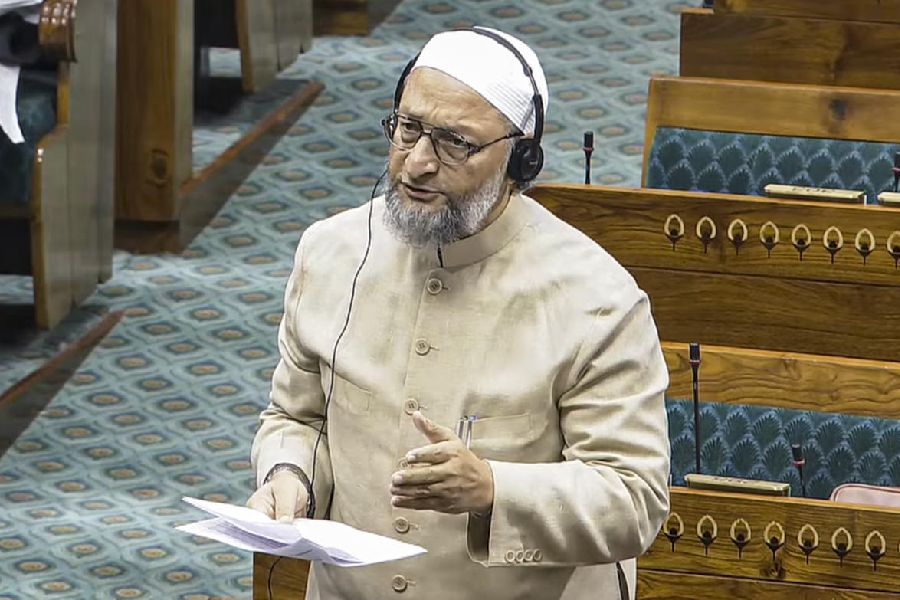Somewhere behind myriad numbers — 1 billion, 200 million, 813 million — lies the truth about the scale of hunger in India.
A UN estimate that over a billion people in India could not afford a healthy diet in 2021 has put a question mark on the Indian government’s estimate that only around 813 million people in the country require food assistance.
The 2023 report on food security and nutrition released by five UN agencies earlier this week said 74.1 per cent of Indians, or 1.043 billion people, were unable to afford a healthy diet in 2021. The report also estimated India’s proportion of undernourished population at 16.6 per cent during 2020-2022.
For a comparison, about 66 per cent of people in Bangladesh, 82 per cent in Pakistan, 30 per cent in Iran, 11 per cent in China, 2.6 per cent in Russia, 1.2 per cent in the US and 0.4 per cent in the UK were unable to afford a healthy diet in 2021, according to the report.
The report from the Food and Agricultural Organisation — a specialised agency of the UN — and other agencies has emerged amid what some food security advocates and nutrition experts view as the Indian government’s efforts to deny the persistence of food deprivation and poor nutrition among large sections of the population.
The Centre has challenged the FAO report’s estimate of 16.6 per cent as the proportion of the undernourished in the country, saying the figure was based on a survey that had involved eight questions and a sample of 3,000 respondents.
“The data collected from a minuscule sample for a country of India’s size has been used to compute the proportion of undernourished (population in) India which is not only wrong and unethical, it also reeks of obvious bias,” the Centre has said.
The Centre had in a statement in October, too, decried India’s low ranking — 111 among 125 countries — on the Global Hunger Index, an independent hunger assessment exercise, alleging “an erroneous measure of hunger with serious methodological issues” that displayed “a malafide intent”.
But some experts see a contradiction between the government’s denial of the FAO estimate that 16.6 per cent — 200 million people, even under the 2011 census — are undernourished and the government’s own estimate that around 813 million people require food assistance.
Among its food aid schemes, the government has cited the Pradhan Mantri Garib Kalyan Anna Yojana (PMGKAY) that provides 5kg free food grain — rice or wheat — per family per month, covering 813 million people. Last month, the Union cabinet approved the scheme for five more years.
S.V. Subramanian, professor of population health and geography at Harvard University, who is among experts who have studied food deprivation in India, told The Telegraph: “In the light of the Centre’s valid concerns about estimates of hunger and food deprivation in India, the estimate that 813 million people need food aid is surprisingly high and needs further explanation.”
The Centre has said that against the intended coverage of 813 million people, the states and Union Territories have identified 804.8 million beneficiaries for the distribution of food grain under the PMGKAY.
But members of the Right to Food Campaign, a non-government network campaigning for food security, said the FAO estimate that 1.043 billion people could not afford a healthy diet was in line with their own assessment that over a billion people need food aid.
“The 813 million estimate is based on the 2011 census — the next census is overdue by two years,” Raj Shekhar, national coordinator with the RFC, said. “Without the new census, many needy, vulnerable people won’t have the ration cards that will entitle them to the PMGKAY benefits.”
Shekhar said the RFC had written several times to the government pleading for an expansion of the food assistance basket to include other items such as lentils (dal), cooking oil and vegetables, required for a healthy diet.
“Some states have introduced such items, but we’ve had no response from the Centre,” he said.
The Centre’s own nationwide family health surveys too have revealed what experts describe as food deprivation, marked by a lack of access to essential or healthy foods, likely precipitated by poverty.
One study that relied on the National Family Health Survey 2021 found that among the poorest 20 per cent socio-economic households, more than 40 per cent of women, even pregnant women, did not consume dairy products. It also found that over 50 per cent of women and 40 per cent of men in the country did not consume vitamin-A-rich fruits.
“We didn’t specifically examine what factors might be keeping people away from important food groups such as dairy or vitamin-A-rich fruits — but they could well be related to affordability and access,” said Subramanian, who had led the study.
Subramanian said the Centre’s own count of 813 million people needing food aid was a “bit of a surprise” because “it seems larger than what is suggested by conventional measures of undernutrition”.

